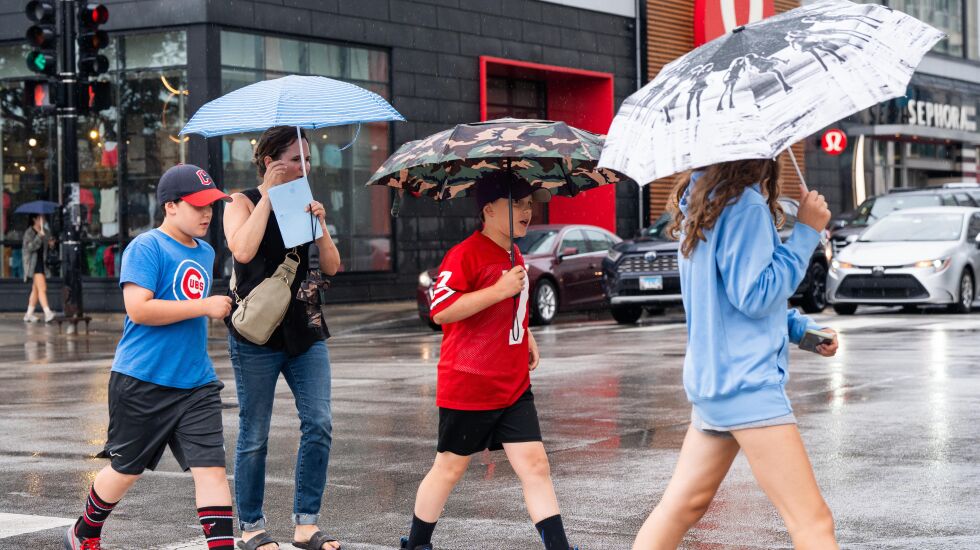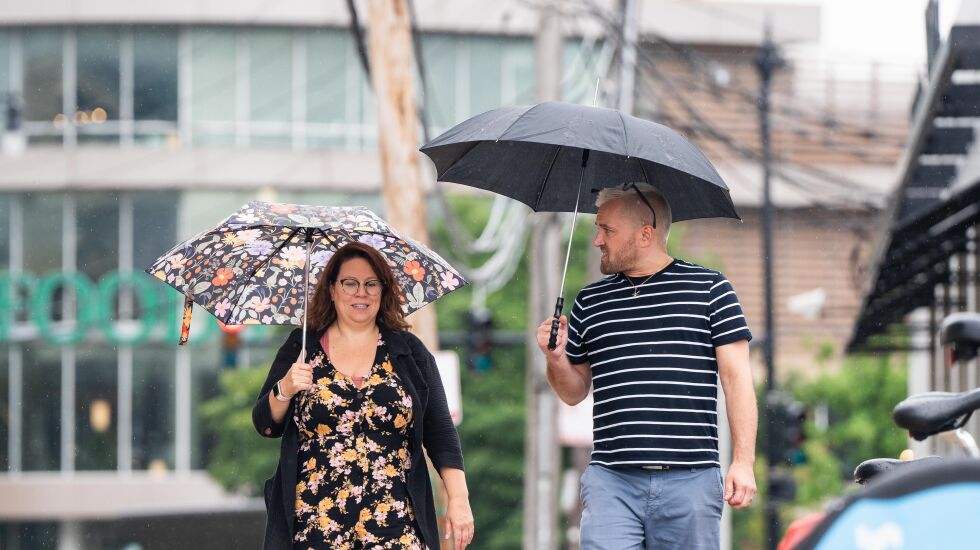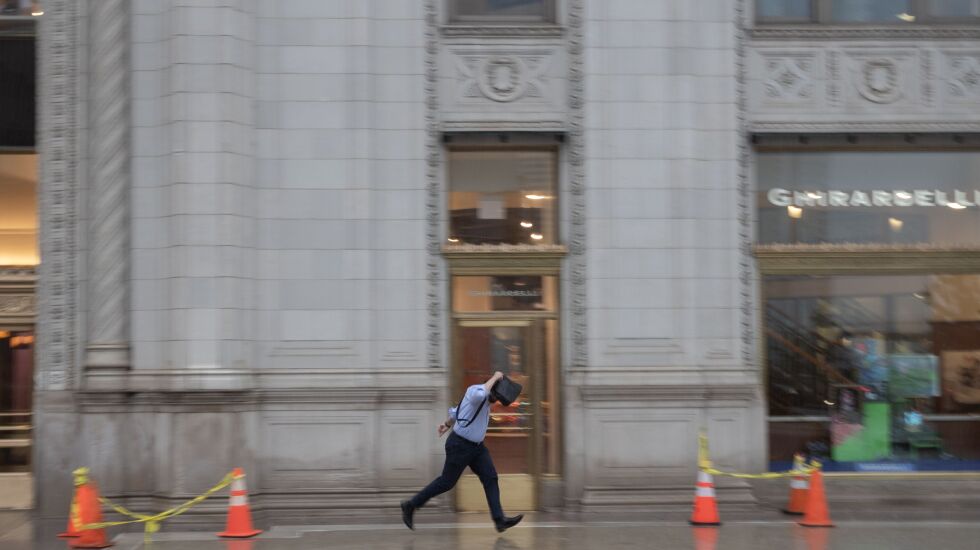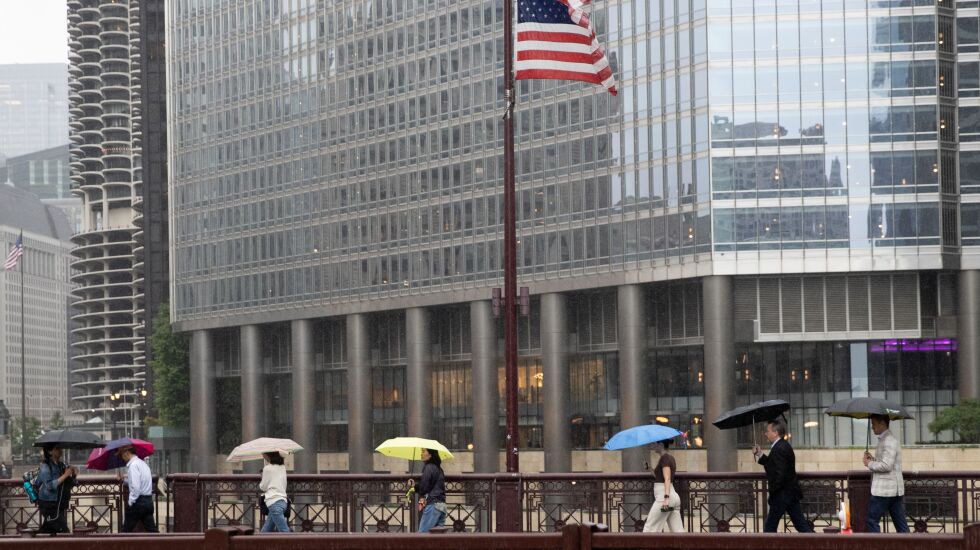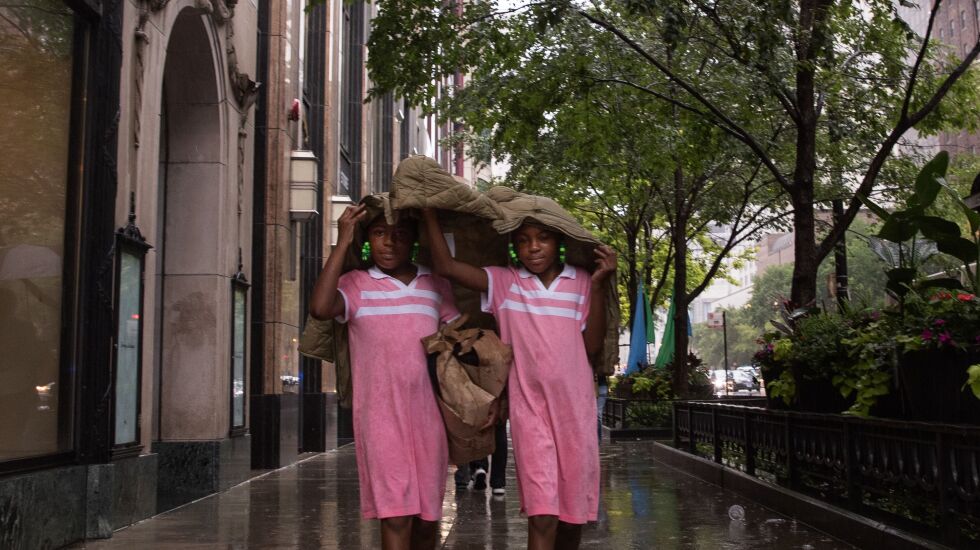
Another day, another downpour.
It’s almost hard to imagine that the city and the rest of Illinois have been experiencing a drought. April 1 through June 30 gave us the 11th-driest such period since record-keeping began in the early 1800s, state climatologists say.
Then, of course, the skies unleashed torrential rains beginning in early July, including almost 9 inches in Berwyn and Cicero. And more pelting rain came Wednesday — with more on the way likely into early next week.
So does all of this rain mean the drought is over?
“It’s definitely made a huge dent,” said Trent Ford, a climatologist with the University of Illinois. “What we really want to see more of is consistent, moderate rain totals. We probably don’t want to see the 8 inches of rain in a single day ... because in that situation, the first maybe inch or 2 soaks in, helps the soil, and the rest just runs off.”
To truly say the drought is over, the region needs about a weekly inch to 1 1⁄2 inches of rain through the beginning of September, he said.
So far, the rain has come in repeated deluges, leading to a total — measured at O’Hare Airport — through July 11 of about 4.6 inches, according to the National Weather Service. The typical rainfall for the entire month is about 5.3 inches.
The Chicago area braced for more rain and severe weather as tornadoes ripped through the area Wednesday evening and the weather service warned of damaging wind and hail across northern Illinois.
Even during droughts, water availability in homes isn’t generally an issue for a city served by the vastness of Lake Michigan. It’s the quality of the water, which during droughts, leads to lower stream levels, which in turn creates higher water temperatures — the perfect conditions for harmful algae blooms.
“Which means a higher [water] treatment cost. So it’s kind of a money problem,” Ford said. “And drought is really stressful on trees.”
Sharon Yiesla, a horticulturist at the Morton Arboretum, agrees that it’s been a tough time for plant life.
“It’s very up and down in every respect — rain, temperature. It’s very unusual this year and very erratic,” Yiesla said.
Actually, it’s been “erratic” for the last 10 years or so, said Yiesla, who has been a horticulturist for about 40 years — the last 12 at the arboretum. Climate change is likely at least partly to blame, she said.
Stressed trees can mean a greater prevalence of canker disease.
“The disease gets in under the bark of the tree and starts to kill the part of the tree that moves water up into the branches,” she said. “So we start to see branches dying.”
This kind of uncertain weather means home gardeners need to pay close attention to what’s happening in their backyards.
If there’s been a recent downpour, for example, poke a finger into the soil to see if the rain really did its work. If not, it’s probably time to water.
“Rather than thinking about the calendar date, we’re encouraging people to think about what’s the weather right now, what has the weather been like in the last couple of years,” she said.
